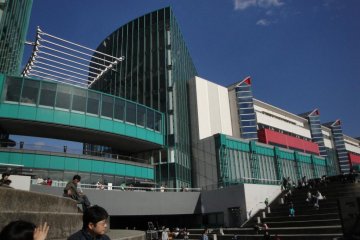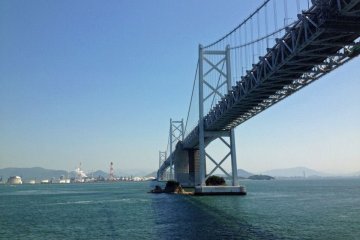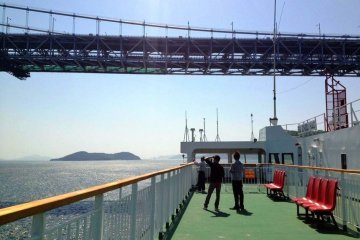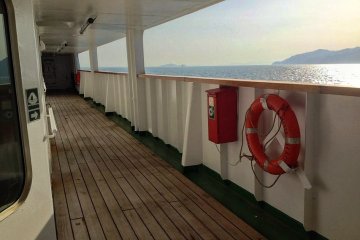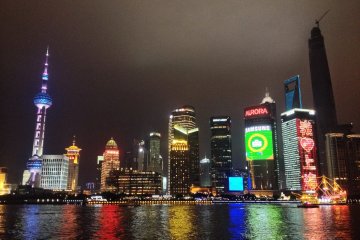In this world of smartphones, 24 hour news channels and the expectation of instantaneous gratification, sometimes you really have to force yourself to step back and take things a little more slowly. Usually, when I travel I like to arrive as quickly as possible to maximise the time I have for exploring and sightseeing. However, when planning my return to the UK from Japan, I decided that I wanted to make this particular journey as important a part of my whole experience as the destination.
I vaguely remembered reading a few years previously about a ferry between Japan and China. I had filed this information away in the back of my mind as an interesting possibility for the future. Now, with a bit of research I discovered that there are actually a number of ferry companies plying the waters to and from various ports in the two countries. I opted for the Shanghai Ferry Company, which runs a weekly service between Osaka and Shanghai, departing every Friday.
The journey takes around 45 hours, and there are a range of sleeping options for your two nights onboard. Prices start at ¥20,000 per person for a spot in the communal tatami room, and go up to ¥100,000 for a large private suite. You make your reservation online, and can pay either by bank transfer or in cash at the ferry terminal on the day.
I was travelling with my parents for this leg of the journey, and we booked a four bed cabin for ourselves. I was pleasantly surprised by how spacious it was, with a large window letting in a lot of light. The room included a fridge and kettle, comfortable seating area and a small bathroom of a similar design to those you get in Japanese business hotels.
After boarding the ferry at Osaka, we decided to explore. It was a bright sunny day so we made our way up to the top deck to watch as the city faded into the distance. The ferry, named Su Zhou Hao, is Chinese-owned and was built in 1992. It has the capacity for over 270 passengers, but it probably wasn’t even half full on our voyage, which gave it a quiet and peaceful atmosphere.
The ferry’s interior is a bit dated but very clean, and it has all the standard amenities you’ll need whilst onboard. We decided to get lunch at the cafeteria, and although there wasn’t a very wide choice of food available, what they did have was tasty and filling. As a vegetarian, I was a bit worried there wouldn’t be anything suitable but I was pleased to find that there were some dishes that I could eat.
Although we had passed through immigration and officially left Japan, for the whole of first day the ferry travelled through the Seto Inland Sea, dotted with countless green islands. My parents and I spent most of our time out on the deck, enjoying the sunshine and the scenery. We passed below a number of long bridges stretching between the islands, which made for some good photo opportunities.
The weather the next day wasn’t so pleasant, but by this stage we were in the open sea with nothing in sight to break the horizon. I realised just how unusual it is nowadays to be cut off from the outside world. With no internet or phone connection on the ferry we were effectively completely isolated.
There was nothing to do but relax – be that by playing cards, reading books, or writing a journal. Time passed slowly, but in a comfortable, indulgent way. I was excited to discover that the ferry had its own Japanese-style bath, and I spent a while soaking myself and enjoying what must arguably be the best sea view from any ofuro!
We arrived the following morning, well-rested and ready to step into the noise and bustle of Shanghai. It may have taken far longer than a flight between Japan and China, but the ferry was a much more interesting way to travel and proved that the journey can be just as memorable as the destination.




